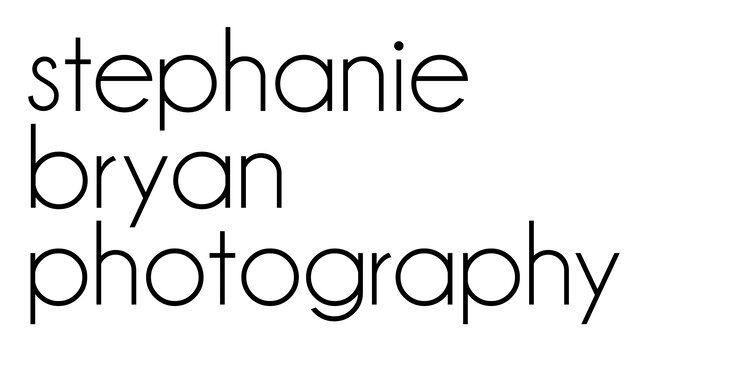If you're just stopping by, we are working through the three aspects of the EXPOSURE TRIANGLE this week on the blog to help you better understand your camera and how to make it work for you! Be sure to read about ISO, aperture and shutter speed if you haven't already!
The three "elements" of the exposure triangle are aperture, shutter speed and ISO. Learning these settings and how to make them work for you are key to mastering manual mode and getting the photos results you want. Every time I pick up my camera, I am assessing these settings and my light. I am constantly changing and adjusting these settings and once you have a good grasp on manual mode, you will be too!
A "sidekick" to these settings is exposure compensation, and just like aperture, shutter speed and my ISO, I am constantly checking out my light (exposure) meter and adjusting as need be.
What is exposure compensation?
In basic terms, exposure compensation is YOU telling your camera whether to make your photo brighter or darker. The exposure/light meter is visible through the viewfinder, as well as on the menu screen of your camera. You will see it represented as a number line graph. The cursor underneath the graph tells you how your subject (or focal point) is exposed with your current camera settings. At "0", your camera is telling you your focus point is properly exposed; at -2, your camera is saying your photo will be underexposed; and at +3, your camera is telling you your subject will be overexposed.
How to use exposure compensation?
You adjust exposure compensation by moving the dial on the top portion/plate of your camera behind the shutter button (usually close to your settings display screen). Dialing it to the left will decrease exposure, while dialing it to the right will increase the exposure.
I probably adjust my exposure compensation more than any other setting on my camera. I am constantly keeping my eye on the cursor and as I move with my subject, I am assessing how my subject (focal point) is exposed. If the cursor starts to fall too far to the left (meaning my image is likely going to be underexposed), I try to increase it to be "neutral" (0), or slightly overexposed (+0.5). As you increase and decrease your exposure compensation meter, your shutter speed is affected. Increasing exposure decreases shutter speed; while decreasing exposure increases shutter speed. I always keep a good eye on my shutter speed as I'm changing my light meter and will adjust my ISO (to compensate for my shutter speed) if need be. The key to understanding all of these settings (exposure compensation, shutter speed, aperture, ISO) is that THEY ALL WORK TOGETHER! You have to know what happens to one setting if you change it and vice versa.
Why should you use exposure compensation?
So if you understand ISO, shutter speed and aperture and know how to change them to affect your images, you are probably wondering why you would even need to use your exposure compensation meter, right? The simple answer is that light can be tricky and your camera may not always know which aspect of light you are wanting to be exposed. Even if all of your other settings are perfect for your lighting situation, your subject may not be properly exposed.
When to use exposure compensation?
Always. Yep. Always use your exposure meter as you are shooting to make sure your subject or focal point is properly exposed. The above photos show darker, more dramatic light and I relied SOLEY on my exposure meter for them all. I metered off my daughter/son's face for them all and adjusted my exposure to make sure they were properly exposed (while also keeping an eye on my other settings to make sure everything was a-okay!). If I would have metered for the background in these images (which was really dark), my kids would have been way overexposed.
Same thing for the two photos below. Since my son/daughter were backlit I had to meter off their faces to make sure they were properly exposed. If I would have let my camera just meter for me, it would have likely picked the bright background, making my subjects underexposed. And if you read my "How to take better backlit photos" post, you know that I always like to overexpose my backlit photos by 1-2 stops to make sure my subjects are bright!
Adjusting exposure compensation can also help retain the details of the sky. For the silhouette photo of my kids, I metered for the sky (which was brighter than my kids) making my kids underexposed, but keeping the clouds in the sky apparent. If you shoot in RAW (which you totally should - read why here!), you can bring back the exposure to your subjects and have a totally different image.
So go practice taking a few shots by JUST adjusting your exposure meter and see what happens! It's a game changer for sure!!
looking for more inspiration + tips?









